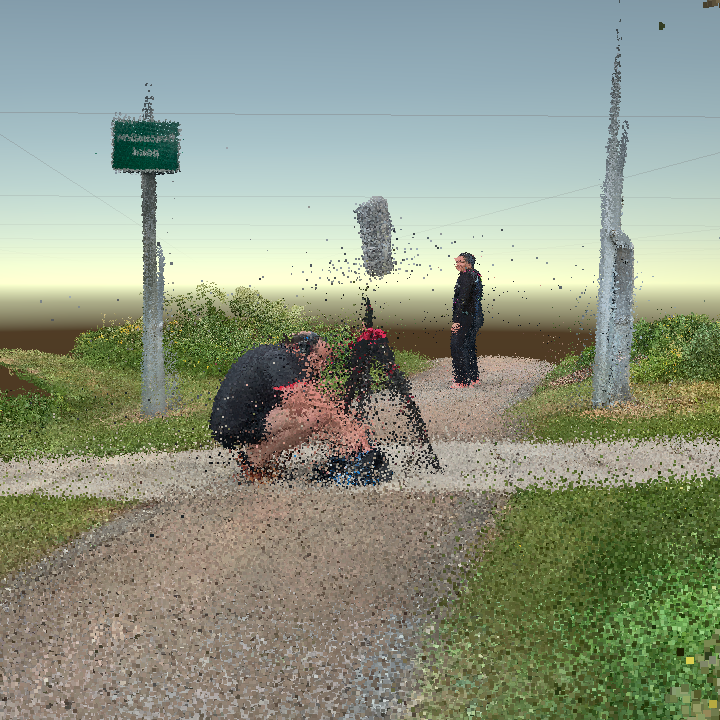Immersive Site Analysis (ImmerSiA)

© copyright
Description
Immersive Site Analysis (ImmerSiA) was a cross departmental project at UWE Bristol between myself and Merate Barakat, a senior lecturer in Computational Architecture and a specialism in acoustic modelling. It was funded by the Vice Chancellors Interdisciplinary Challenge Fund from 2019-2021.
Aims & Questions
Site analysis is a data gathering process conducted as a preliminary phase of architectural and urban design, which studies the environmental, demographical, historical and infrastructural aspects of the site considered for development. Acoustic ecology is “ the study of sounds in relationship to life and society” (Schaeffer, 1994).
Architectural and built environment practice and research have largely ignored the sounding environment (Fowler, 2014), which is due primarily to the lack of methods and metrics available to designers to document the ephemeral aspects of the sonic qualities of an architectural place (Blesser & Salter, 2007). Even with increased digitalisation of document and design, the focus is primarily visual, potentially as a continuation of historical practices of architectural drawings. However, there is growing interest across different fields of spatial design in addressing the sonic qualities of the built environment by integrating methods used in sound domains (Hellströma, et al., 2008). Innovations in immersive technologies (specifically VR and 3D audio) have given rise to new digital consultancies (e.g. auralisations by Arup SoundLab and Mueller BBM) demonstrating the commercial viability and need for such design processes. However, these often demonstrate the outcome of design options rather than forming a shareable, repeatable and sructinisable digital document of a site and its sonic environment
The research will develop an immersive VR document with an enhanced 3D audio layer that mediates the process, language and outcomes of site analysis documentation (ABE) through the practices of audio and immersive technologies (CSCT). The artefacts will be co-created with industry practitioners through the Centre for Architecture and Built Environment Research (CABER) and the Bristol Architecture Centre. It will identify a practical workflow and new service for consultancy in the architecture and built environment industries that are informed by creative technologies.
The research looks to answer these questions:
1. What is the existing knowledge and understanding of the sonic environment employed in urban and built environment design practices?
2. What novel methods can be integrated into architectural representation procedures that capture the sonic characteristic of built environments?
3. What is the practical impact of using these novel methods on design practices e.g. upon well-being, social cohesion, environmental and financial strategies?
Blesser, B. & Salter, L.-R., 2007. Spaces Speak, Are You Listening? Experiencing Aural Architecture. Cambridge,
Massachusetts: The MIT Press.
Fowler, M. D., 2014. Towards an Urban Soundscaping. In: Infrastrukturen des Urbanen: Soundscapes, Landscapes,
Netscapes 4. Berlin: Transcript Verlag, pp. 105-126.
Hellströma, B., Nilsson, M., Becker, P. & Lunden, P., 2008. Acoustic design artifacts and methods for urban
soundscapes. Daejeon, Korea, DBpia, pp. 422-429.
Schaeffer, M., 1994. The Soundscape: Our Sonic Environment and the Tuning of the World. Rochester, Vermont:
Destiny Books.
Practical Experiments
